200 years of amazing collections and stories
Posted on by Fay Curtis.
By Deborah Hutchinson (Geology Curator) and Kate Iles (Archaeology Curator)
Bristol Museums’ forerunner, The Bristol Institution for the Advancement of Science, Literature and the Arts, officially opened 200 years ago on 6 January 1823. We’ve been adding to its collections ever since. Today, Bristol Museums care for, display and interpret millions of scientific specimens, objects and works of art across six museum sites.
The Bristol Institution was housed in a new building at the bottom of Park Street (now marked with a blue plaque) at a cost of £11,000. It aimed to ‘disseminate useful knowledge through lectures and experiments’ and ‘promote the advancement of science, literature and the arts’. It had a lecture theatre, laboratory, library and reading rooms, exhibition rooms and of course a museum. An allegorical frieze representing the Arts, Sciences and Literature being introduced to the City of Bristol by the Bristol born artist E.H. Baily (1788-1867), was installed under the entrance portico and is still visible today.
An important role of the Institution was to actively build up a museum collection. This included geology, natural history, archaeology and ethnography. The Institution also put on exhibitions of fine art. Many objects and works of art from this foundation collection survive today. They form the core of the collections in the care of Bristol Museums.
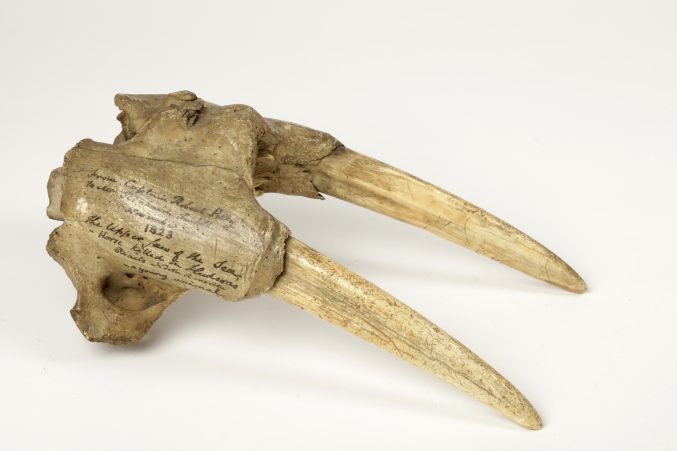
Upper jaw of a walrus with original inscription, donated to the Bristol Institution in 1823 by Richard Smith Jnr (1772-1843)
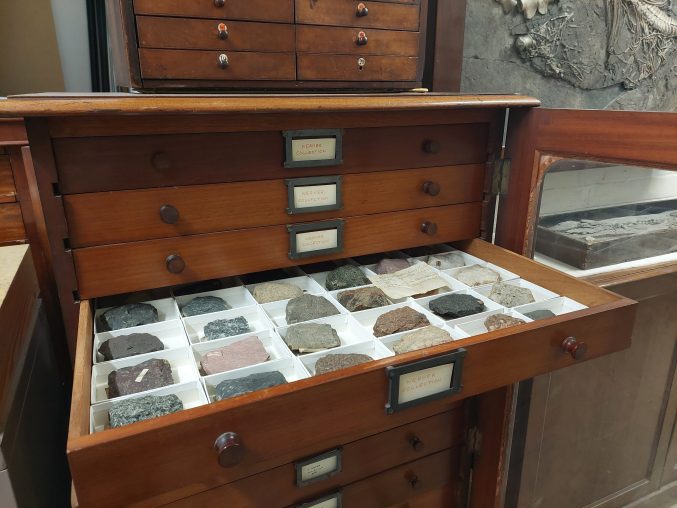
The Werner Collection of rocks, presented to the Bristol Institution in 1824 by Richard Bright Snr (1754-1840)
Another important aspect of the Institution was to deliver lectures to its Members and the wider public. Topics broadly reflected the aspirations of the Institution and were delivered by the leading experts of the day. Lectures took place in the Lecture Theatre, and were often illustrated by objects from the museum, or featured scientific experiments using new equipment. The Institution became a focal point for debate and learning. It was used by many societies as a meeting place.
The new science of geology
The new science of geology was of particular interest to the Members of the Institution. Many early contributors to the subject such as W.D. Conybeare (1787-1857) and Henry Thomas De la Beche (1796-1855) were also associated with its establishment. All the early curators were significant geologists. Many of the fossils and natural history specimens were valuable to science, with many ‘firsts’ in the collection.
The first fossil to be acquired was an ichthyosaur (a type of marine reptile) from the Jurassic. It was purchased from the pioneering palaeontologist Mary Anning (1799-1847). Anning sold many important fossils to the Institution, either directly or to others who then donated them to the collection.
Archaeology was also well represented at the Institution. Material from ancient Egypt was particularly prized, as were objects from some of the earliest local excavations. These include a fragment of mosaic from the Romano-British villa site at Withington, and nine Bronze Age urns from the Deverell Barrow in Wiltshire.
It’s important to acknowledge that many of the people associated with the Bristol Institution sourced their wealth, either directly or indirectly, from the transatlantic traffic in enslaved Africans. We acknowledge that the colonial collecting histories across our collections are also complex and need to be challenged. Today the museum team are working to research and learn from these histories.
A new building
The Institution quickly outgrew its first building. A second museum was built on Queens Road (today occupied by Browns restaurant). It opened on Easter Sunday 1872 as the ‘Bristol Museum & Library Association’. The Bristol City Art Gallery (today the Front Hall of Bristol Museum & Art Gallery and home to the boxkite) was built next door, opening on 2 February 1905. It was built on the site of the former Bishop’s College. In 1930 the Art Gallery was extended to the rear (today the Rear Hall of Bristol Museum & Art Gallery and home to Doris the Pliosaur).
1893 saw the end of the private Institution. The Bristol Museum & Library Association became the Bristol Museum & Reference Library. This sat under the care of Bristol Corporation (now Bristol City Council).
The Bristol Blitz
On the night of 24 November 1940, the museum was burnt out during the Bristol Blitz. The Geology Gallery on the top floor was lost and there was severe damage to the Natural History Galleries below. Bristol City Art Gallery next door was hit by an explosive bomb in the Rear Hall at the same time. Despite the extensive damage and loss of many significant specimens and objects, much of the collection did survive. The old Park Street building was also burnt out with only the façade and frieze surviving.
200 years later
Today, 200 years later, Bristol Museums continues to care for its collections, deliver world class exhibitions and inspire audiences.
Later in the year, and in the spirit of the share scheme that funded the initial creation of The Bristol Institution, we will be running a one-off membership scheme called the 1823 Club. As a member of the 1823 Club you will gain access to unique behind the scenes tours, invitations to celebration events, complimentary tickets to charging exhibitions and more.
All donations help us to support the valuable work we do including conservation of some of our most at risk objects, ensuring the museums remain free to enter so are open and accessible to all as well as maintain our historic buildings.
If you would like to support our work please consider making a donation, or speaking with our Development Team about the 1823 Club. Thank you.
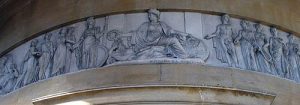
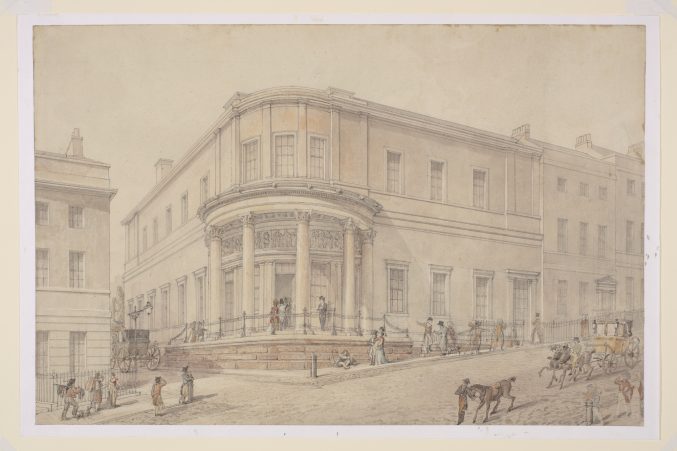
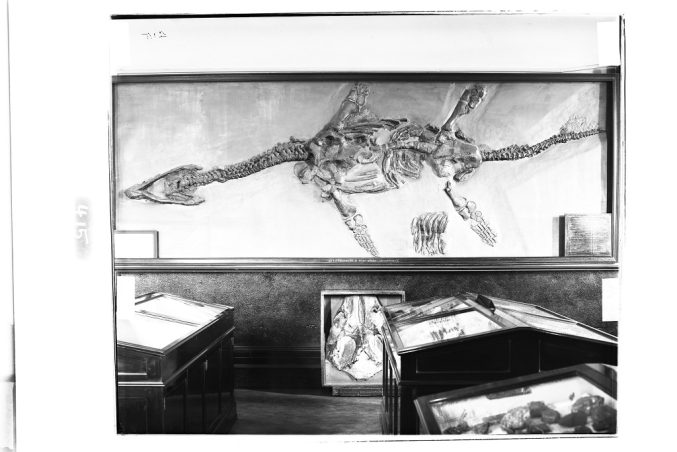
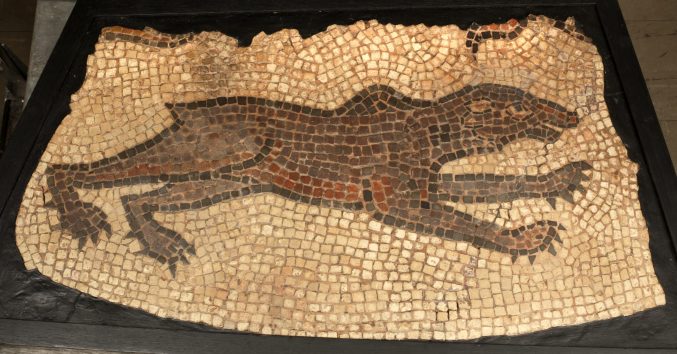
One comment on 200 years of amazing collections and stories
I am interested in joining the 1823 Club when it is launched.